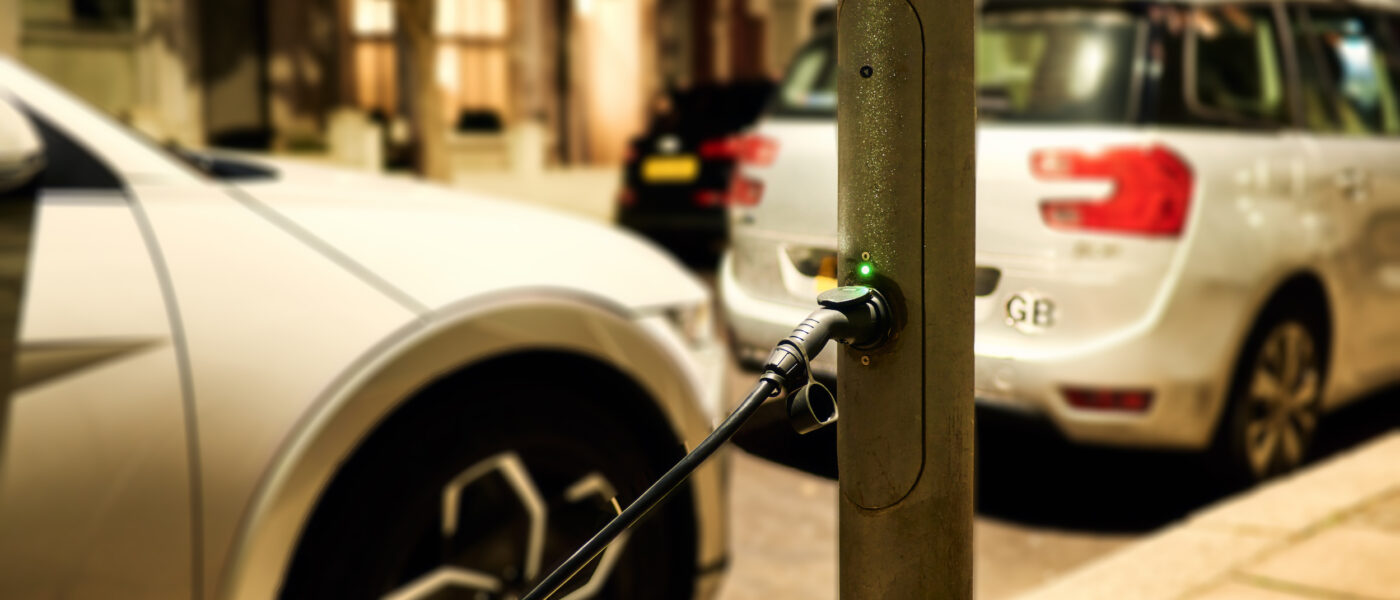How lampposts can light up the UK’s EV charging network
Millions of drivers without off-street parking risk being left behind in the transition to EVs but there’s a solution already in place, believes Toby Butler, managing director at ubitricity.
With more than 1 million electric vehicles now on UK road
s, the need for accessible and convenient charging infrastructure has grown. For drivers without access to off-street parking, on-street charging is vital and deploying EV charge points within existing street furniture is a readily available solution.
This is where lamppost charging comes in. Quick and easy to install on residential streets, lamppost charging offers several advantages; the low cost of deployment means that thousands of chargers can be rolled out in a single project, generating revenue for councils and local authorities and, most importantly, they provide easy and convenient charging close to drivers’ homes.
Contrary to popular belief, lamppost EV charging is not exclusive to dense urban areas. Across the UK, in urban and rural areas alike, lampposts offer a readily available asset that can be used to support EV charging. Leveraging physical hardware and existing power, they can swiftly and cost-effectively be converted to house EV charge points, expanding networks, enhancing accessibility for EV owners, and supporting the UK government’s commitment to achieve net zero.
A quick and convenient solution for councils
By providing lamppost charging, councils can ensure that EV owners have convenient access to charging close to their homes, promoting the adoption of electric vehicles, and reducing range and charging anxieties.
With conversion taking as little as three hours, installing these charge points has minimal impact on existing infrastructure and streetscape. At ubitricity, we have experience of installing more than 150 charge points per week, proving that deployments can happen in months rather than the years it can take for other charging technologies. Unlike traditional charging stations, installing charge points in lampposts integrates seamlessly into the surrounding environment, using existing parking spaces, preserving street space, and minimising disruption to pedestrians and traffic flow.
Not just for cities
Lamppost charging offers a scalable solution that can be implemented across diverse environments. Whether in dense urban, suburban, or even rural areas – lampposts provide a versatile platform for installing charging infrastructure that can massively enhance the convenience of charging and cater to the needs of a broad spectrum of drivers. While rural areas often face unique challenges in terms of charging accessibility, this addresses these concerns effectively, providing charging infrastructure in areas often overlooked.
It’s clear that lampposts have the potential to meet many of the challenges raised by lack of access to, and shortfalls in, EV charging. There are more than 6.5 million lampposts across the UK, situated in many of the key locations where charging is needed, and already with direct access to the power grid. They offer the potential to support the quick and cost-effective rollout of EV charging infrastructure and, with the right approach and support mechanisms in place, councils and local authorities have the opportunity to unlock this potential and drive forward the rise of sustainable transportation for their residents.
